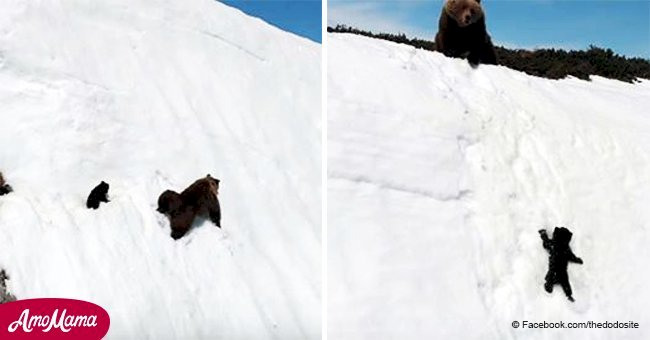
Viral video of a mama bear and her cub climbing a snowy slope is actually sad
When a video of a bear and her cub went viral, it touched on an important subject, adding another perspective to how animals react to our technology.
The video of the bear and her cub trying to clamber up a steep, snow-covered slope while the cub keeps slipping in trying to reach its mother have sparked two main courses of comments.
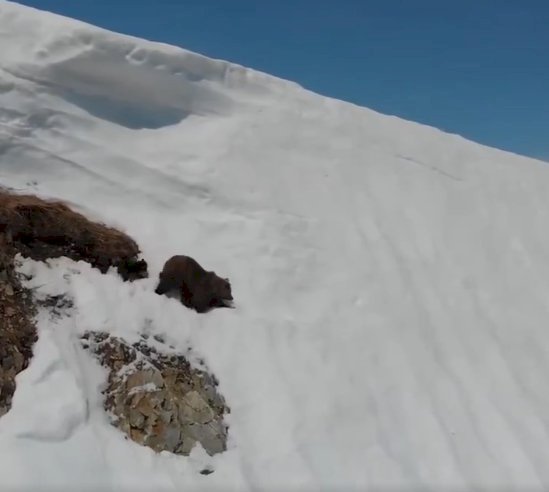
@StormHuntley Follow Follow @StormHuntley
To some, the perseverance of the cub is something many people can learn from, but wildlife experts would disagree based on another point of view. There is no perseverance involved, the mother and her cub is scared and is trying to get to safety.
The two bears are not having a good reaction to the presence of what’s shooting the actual footage, a drone. The video has sparked conversations about the effects drones have on wildlife and the responsible use of them around wildlife.
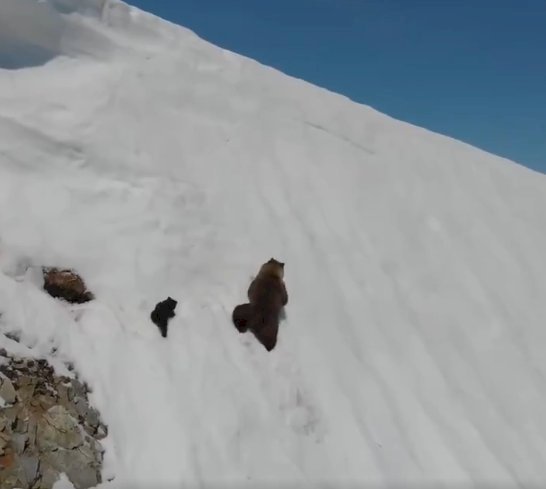
@StormHuntley Follow Follow @StormHuntley
Read more on our Twitter account
.
Science communicator Ziya Tong first posted the video to Twitter and says if it wasn’t for the video going viral then no one would be talking about the topic and sees it as an opportunity to educate.
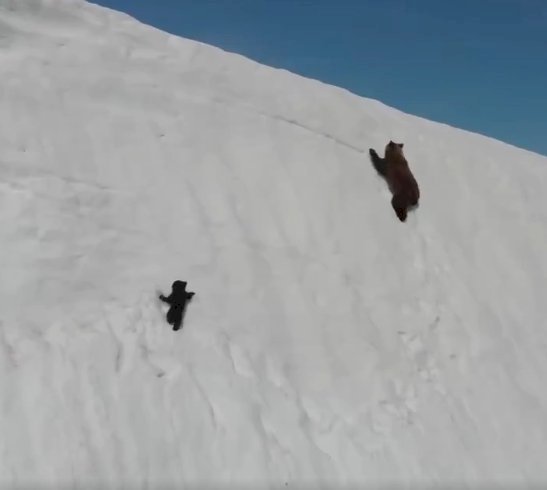
@StormHuntley Follow Follow @StormHuntley
Mark Ditmer, wildlife ecologist and a postdoctoral scientist at Boise State University, was the lead author on a study that investigated how bears react to drones. The bears got outfitted with heart monitors and their movements monitored. The team could see the heart rate differences accompanied by certain activities.
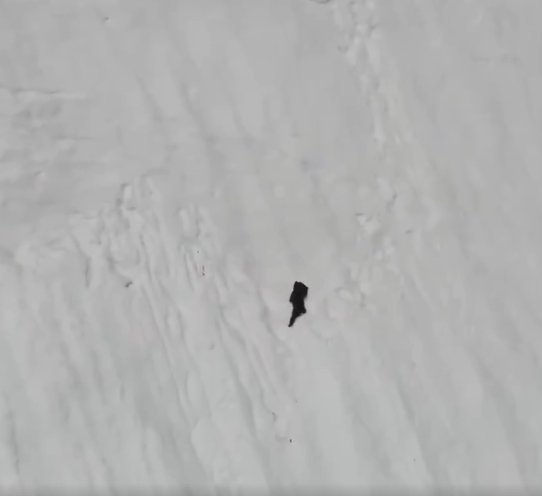
@StormHuntley Follow Follow @StormHuntley
One thing was undeniable when bears encountered a drone their heart rates skyrocketed. Ditmer is of the opinion that the odd aerial object spooks the bears, sending them into a panic which could lead to a lot of dangerous situations and
:
“I really doubt they would have taken that route, or they would have taken that route much more carefully and slowly if there weren’t this foreign thing buzzing obviously way too close to them.”
An area where drones have been found to have no negative effects, in fact, quite to the contrary have offered some unique insight is with the University of Hawaii at Mānoa Marine Mammal Research Program (MMRP).
The footage taken by drones help them understand climate change, prey availability and human activities and their impact on whales and dolphins.
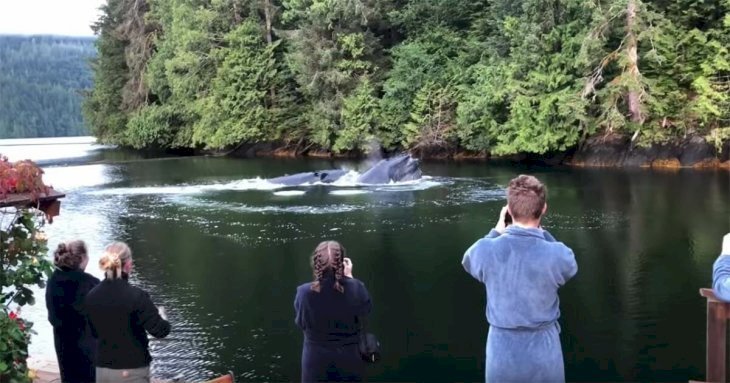
Source: YouTube / Great Bear Lodge
Researchers have found a decline in male humpback whales being recorded singing, the number of mother-calf pairs has also decreased over the last three years.
Director Lars Bejder from the Mānoa Marine Mammal Research Program said:
“Some of the studies that we are carrying out will allow us to provide information to conserve these animals. Very importantly, they are also sentinels of ecosystem health and this is really important because they can help raise concerns with the general public about concerns that we have about the ocean health today.”
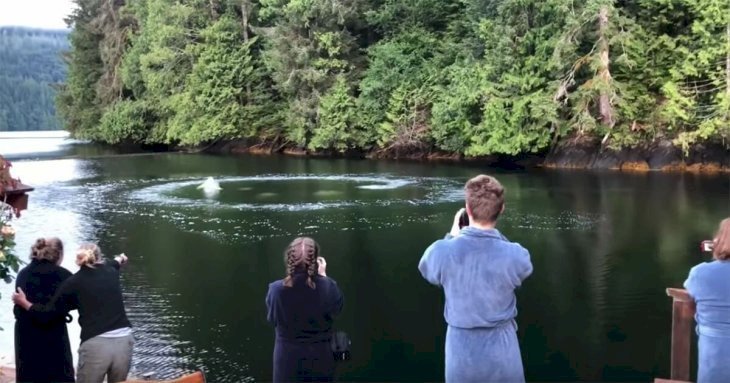
Source: YouTube / Great Bear Lodge
On August 4, a video got taken at Great Bear Lodge, Port Hardy of two humpback whales that gave staff and guests a spectacular show as the whales spent a good long while bubble-net feeding for around 6:00 am.
Leehane from the Great Bear Lodge in the district of British Columbia, Canada said the experience was breathtaking, and the only other time it had been witnessed by staff was the year before in 2017.
